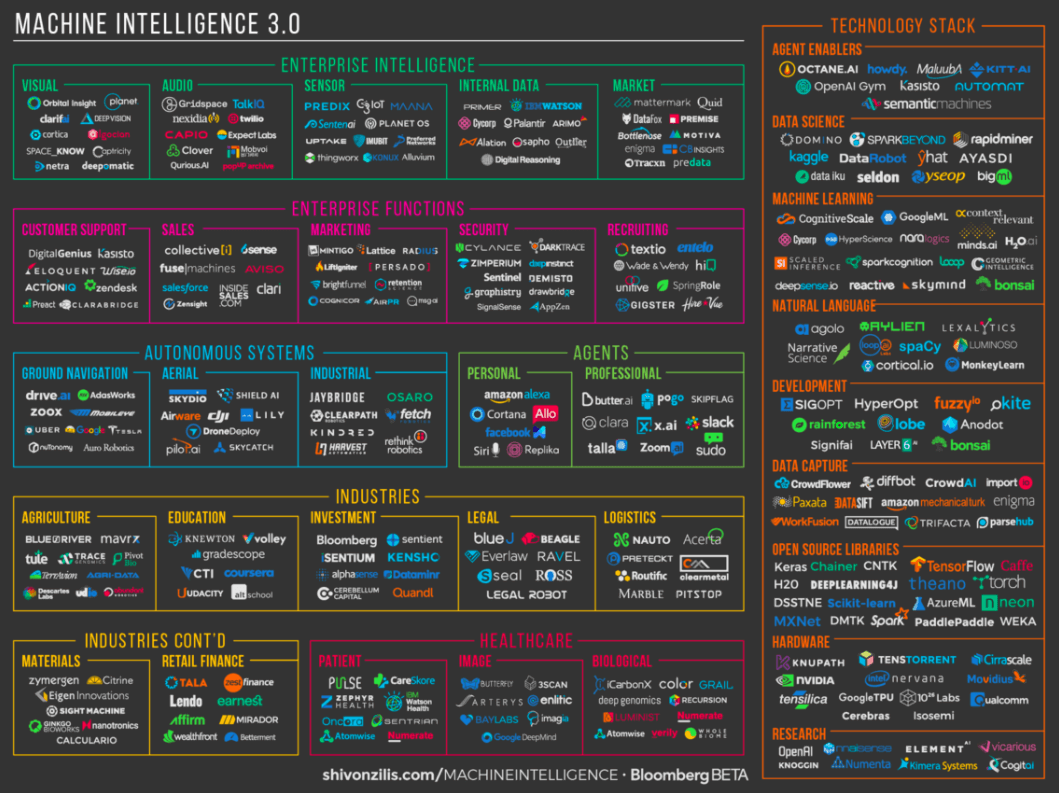In 2016, Facebook took the bot world by storm when it opened up its Messenger platform to developers. Then came Amazon’s voice-controlled Alexa, and the hype shifted towards all things voice. So noticeable was the shift that New York-based startup studio Betaworks rebranded its popular Botcamp event from last year to Voicecamp this year.
The integration of bots into our daily lives is really just getting started, so for brands and marketers joining the journey, the hyperdynamic, often polarizing views on which type of bot is best can be confusing. Should you build a voice bot or a text bot? On which platform should your brand invest to deploy its first conversational experience?
Like the bots themselves, the answer is both elegantly simple and complex.
What’s your ‘placeona’?
Derived from the concept of “persona,” Canadian computer scientist and researcher Bill Buxton introduced the idea of a “placeona” (place-ona) to capture how location can influence which types of interactive technology it makes sense for people to use. Borrowing from Des Traynor’s brilliant post on the topic, let’s look at these three scenarios:
June 5th: The AI Audit in NYC
Join us next week in NYC to engage with top executive leaders, delving into strategies for auditing AI models to ensure fairness, optimal performance, and ethical compliance across diverse organizations. Secure your attendance for this exclusive invite-only event.
- On a bicycle: Your placeona is “hands busy, eyes busy, ears free, voice free.”
- In the classroom: Your placeona is “hands free, eyes and ears free, voice restricted.”
- At home with friends: Your placeona is “hands free, eyes and ears free, voice free.”
In the first scenario, the platform of choice would be voice. In the second scenario, text would be more appropriate. In the third scenario, either voice or text would work. That’s a key point to make: Bots should not compete against each other, but work together to create a unified, seamless, delightful user experience that creates value for whichever context a user might be in.
What kind of friend is your brand?
The nature of your brand also dictates which platform you should invest in.
A chatbot from Kotex aimed at girls in need of advice on handling their first period, for example, would be better received with the privacy of a text bot. Plus, maybe that interaction happens on Kik instead of Messenger, since that’s where most American teens spend their time. On the other hand, cooking tips sponsored by Campbell’s might be better suited to a voice bot, which can deliver the preparation directives when your hands are dirty. It’s all about putting the user first and adapting or placing your offering appropriately, for maximum effectiveness.
In the end, you shouldn’t try to change customers’ behavior, but rather leverage existing behavior, adapting your approach to suit the context. That’s how your brand will thrive in the messaging age.
When in the comfort of their homes or their cars, people tend to feel at ease with voice-activated interfaces. When in public, people would rather enjoy the privacy of their phone, where they can text each other or send messages to brands in a bidirectional, asynchronous, and silent way. As the Kotex example illustrates, the private nature of some conversations is key to unlocking the kind of utility and value that customers are looking for. That’s also how you can bond and foster deep, meaningful relationships with your audience over time.
Respecting the pace of play of customers is the golden rule for brand marketers who want to design stellar virtual assistants. Choosing the right platform is the first critical step in joining the conversation.
Etienne Mérineau is cofounder and head of conversation design at Heyday.ai, a chatbot development platform for brands.



